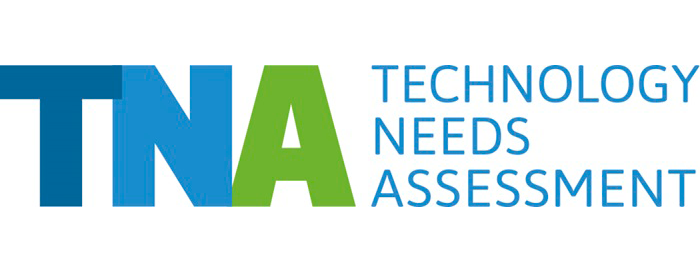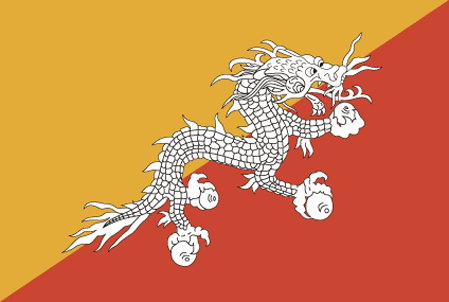The TNA introduced waste heat recovery technology to Bhutan. The technology had not previously been researched or used, despite its great potential for climate mitigation in Bhutan’s industrial sector.
Landlocked between China and India, Bhutan is the smallest country in South Asia. The north of the country faces the Himalayas, and the country is mostly mountainous. Agriculture is the mainstay of the economy, and more than 60% of the population base their livelihood on agriculture, despite less than 3% of the land being cultivated. Alongside agriculture, hydropower is the second key economic sector, providing most of the country’s energy, as well as being a valuable export.
Bhutan faces severe consequences as the climate changes. Water sources are becoming unreliable, and there is expected to be an increase in the magnitude and frequency of natural disasters such as floods, landslides, typhoons and cyclones. Agriculture and hydropower are both highly sensitive to these changes, which are exacerbated in the mountains’ precarious ecosystems. Agriculture is further challenged by increases in temperature, as this allows new crop pests to emerge. This occurred in 2007, when more than 50% of Bhutan’s maize harvest was lost due to new forms of corn blight.
Bhutan completed its TNA in 2013. Bhutan’s Technology Action Plan identified Intelligent Transport Systems as a priority technology. Intelligent Transport Systems are designed to improve the operational and managerial efficiency of transport systems in general, and public transport in particular, leading to a reduction in associated greenhouse gas emissions. Bhutan was able to use the Technology Action Plan as the basis for its application to the Climate Technology Centre and Network for supporting the implementation of Intelligent Transport Systems. The Climate Technology Centre and Network supported Bhutan through training and field visits on Intelligent Transport Systems, as well as with additional training on developing a Nationally Appropriate Mitigation Action for furthering Intelligent Transport System implementation.
Bhutan’s TNA contributes to the following Sustainable Development Goals:






